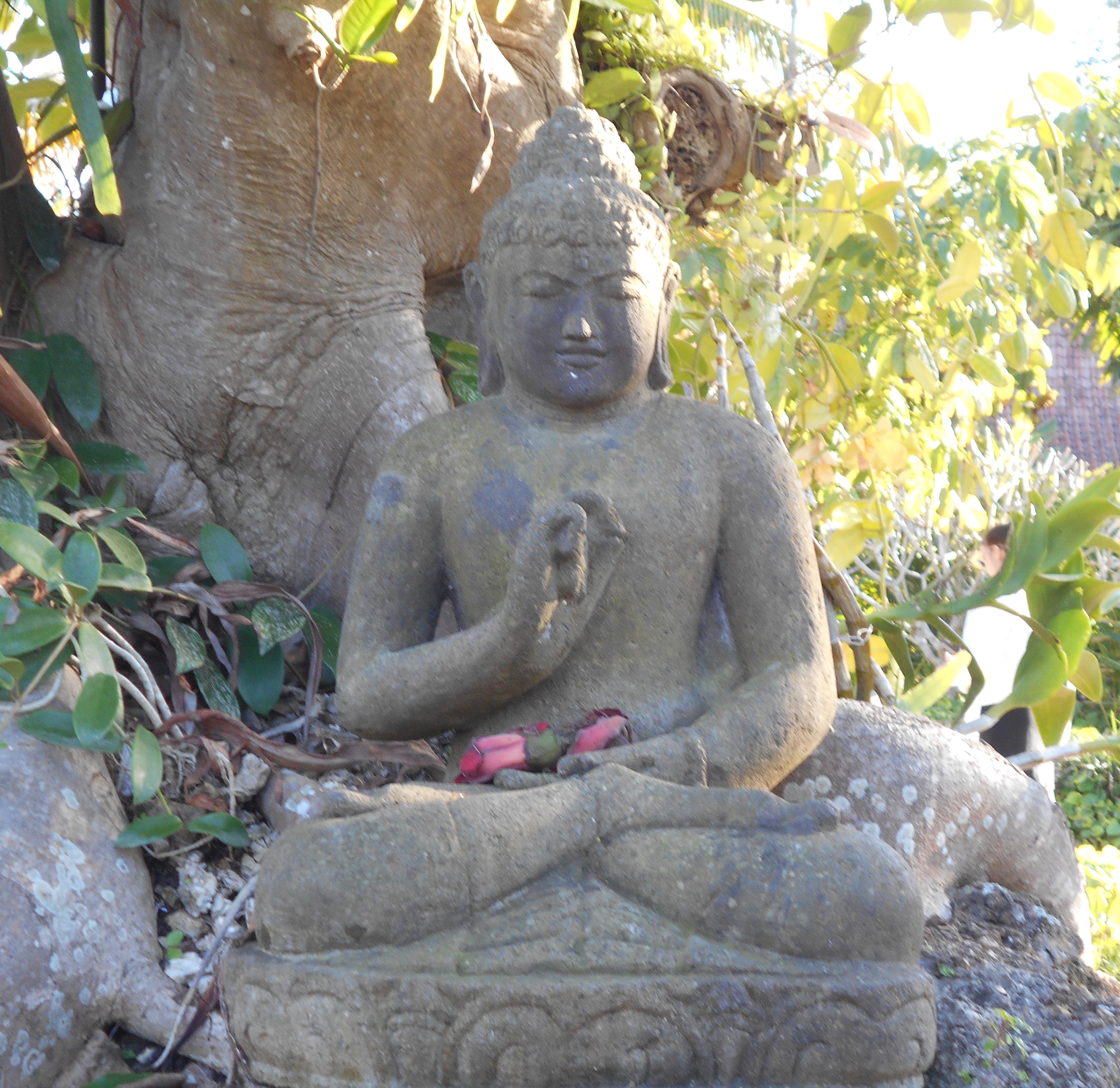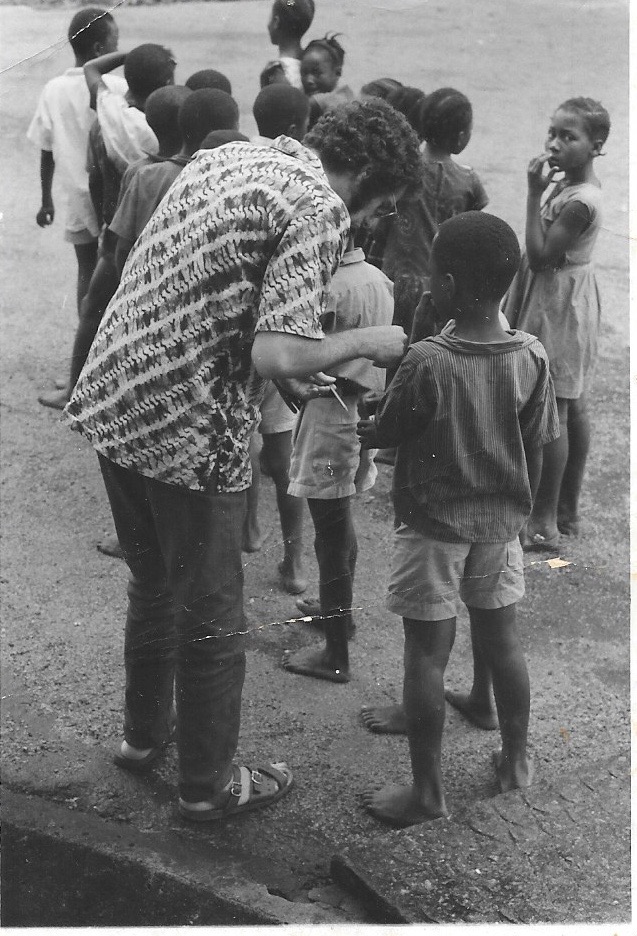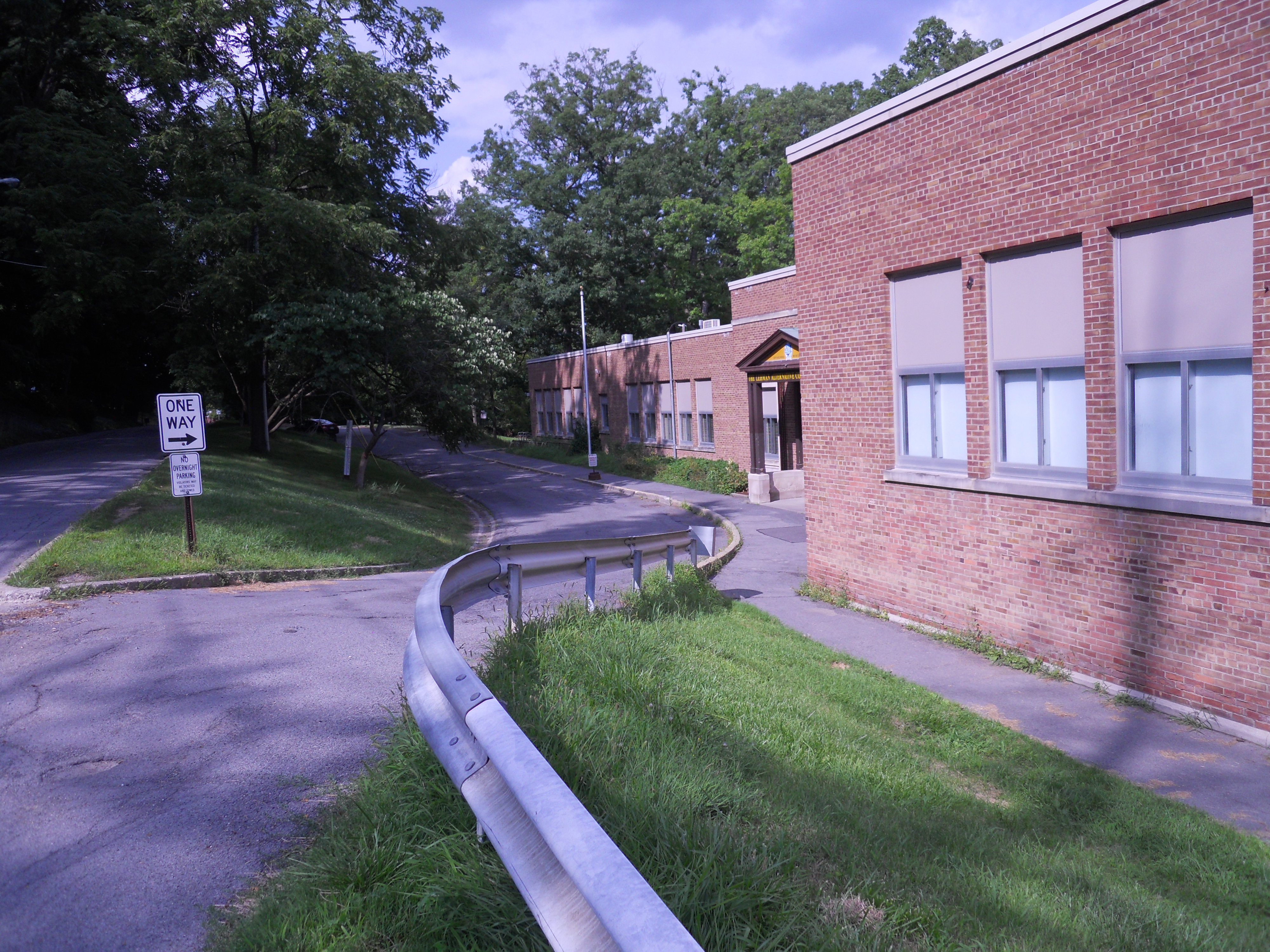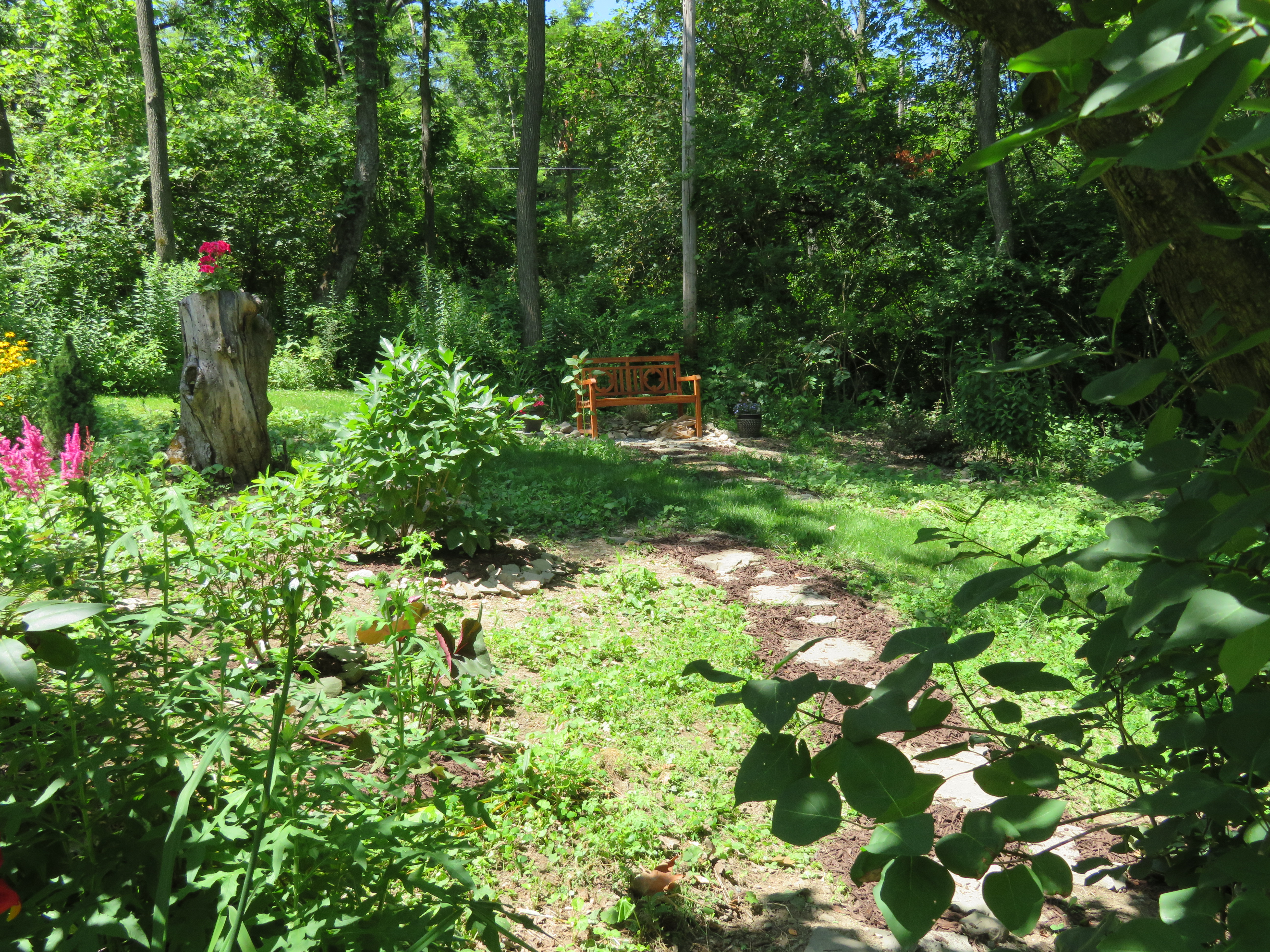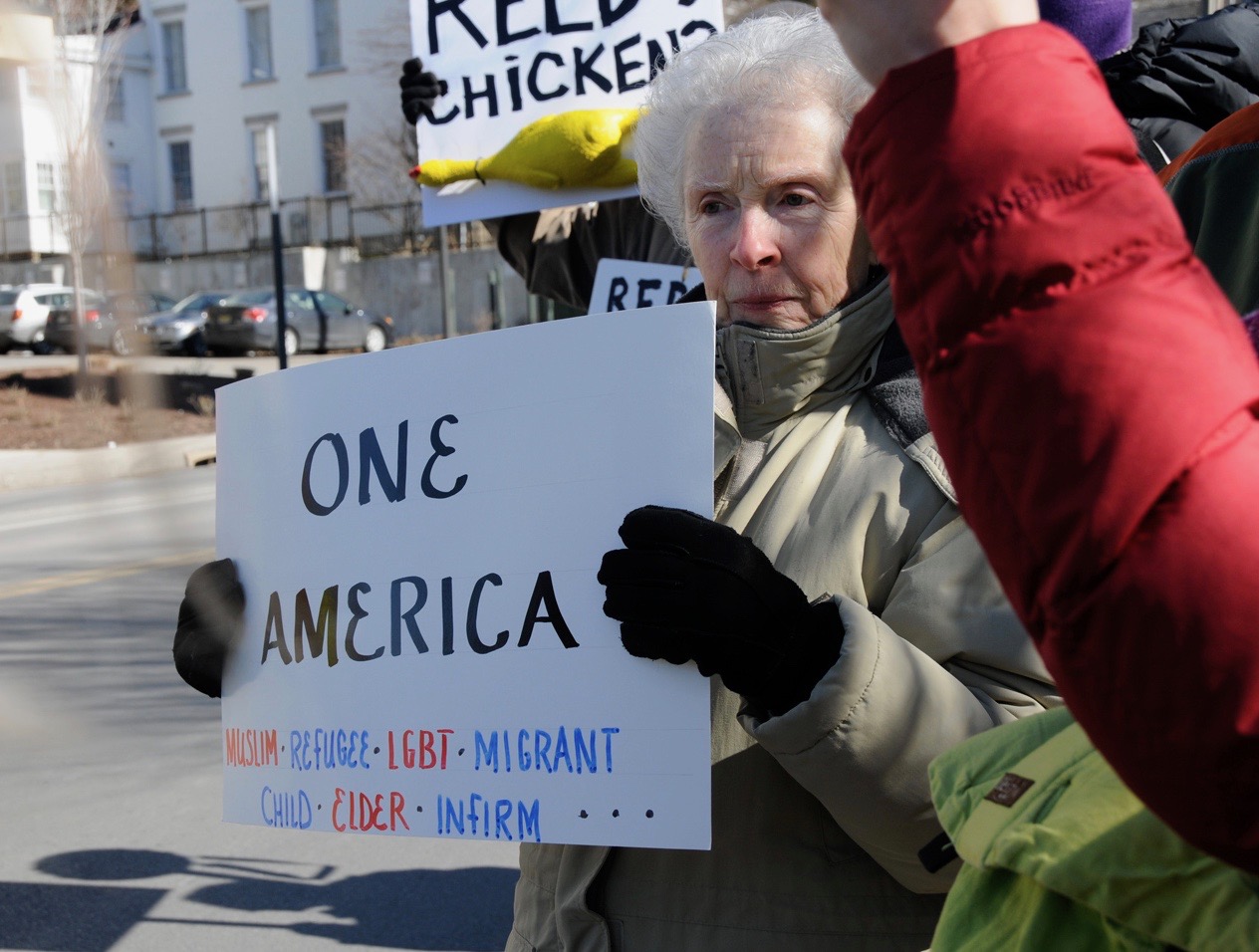Teachers know just how traumatized both adults and children have felt this past year, with all of the political tension and ongoing COVID crisis. As we hope for a more positive year ahead, mindfulness can be the first step in letting go of pain, but it has to be used in a trusting space, with awareness of what we as teachers and our students might be facing.
A trauma is an incapacitating form of stress. Stress by itself can be helpful or harmful. But when it is deep and we can’t integrate or face it, it can become traumatic. The DSM-5, the Diagnostic and Statistical Manual of Mental Disorders defines a traumatic event as exposure to “actual or threatened death, serious injury, or sexual violence.”
In his book Trauma-Sensitive Mindfulness, David Treleaven makes clear that this exposure can come in many ways, from directly experiencing or witnessing a trauma or from learning about what happened to a relative, loved one or close friend. Children are especially vulnerable. One in four children in the U. S. have experienced physical abuse, one in five sexual. Then we add a pandemic, political instability, and oppression, whether it be sexism or violence directed at one’s gender identity, race or religion, etc. and we have a huge number of people who have suffered from trauma. We have not just a coronavirus pandemic but a pandemic of extreme emotions like hate and a craving for revenge.
Teach Compassion and Turn the Classroom into A Compassionate Learning Community:
Compassion can include but is more than empathy. It is close to kindness, with the added commitment to taking action to relieve the suffering of others as well as ourselves. It is one of humanity’s greatest strengths. And when it lives in us, the hurt lessens or disappears. In fact, practicing compassion is a way to skillfully let go of any hurt. By acting with compassion, we walk a bigger road and rediscover our strength.
Having students research compassion can be a way for them to teach themselves the benefits. A wonderful resource is the Greater Good Science Center
Explore what emotion is and specifically what revenge is.
How do we as teachers explore negative or hostile feelings if they arise in class, either online or with in-person instruction, considering the time restraints, stress, degree of trauma, and unique circumstances we face today? [https://www.badassteacher.org/bats-blog/for-blended-teaching-its-not-just-the-covid-its-the-stress-by-dr-michael-flanagan]
A useful guideline especially on-line is be short and simple, with processing afterwards and weaving the practice into the subject matter of the day. Before introducing any type of meditation or visualization to our students, we must first practice several times by ourselves and then imagine how specific students would feel doing this type of practice. Provide choices in all aspects of practice, including postures, whether we keep our eyes open or closed, etc.
Start with asking questions to stimulate engagement and intellectual curiosity. What is emotion? Feeling? How do you know what you feel? Why have emotions? Work on increasing self-understanding and our ability to calm mind and body and focus through mindfulness. We strengthen ourselves and our students with visualizations, compassion, and other exercises, then apply those practices to better understand the person and situation that hurt us, and how to respond in the most healing fashion.
A student once asked me what to do about his “feeling” he needed to take revenge on a classmate. He obsessed over it. Young people can be especially vulnerable to this emotion, as they are so aware and sensitive to how others treat them
I told him that it was a difficult question, but like any emotion, the inner push or craving for revenge can seem like it is one humongous stone in our gut that we can’t handle. But it is not one thing and not just a feeling. It is composed of many components that can be broken down so we can handle them.
What is emotion? Daniel Siegel makes clear emotion is not just feeling. One purpose of emotion is to tag stimuli with value so we know how to think and act. There are phases in the process of constructing emotion. The first phase is jolting the system to pay attention, what he calls the “initial orienting response.” The second is “elaborative appraisal,” which includes labeling stimuli as good or bad, dangerous or pleasing. We begin to construct meaning and then prepare for action, to either approach or avoid something. This sets up the third step, when our experience differentiates further into categorical emotions like sadness, happiness, or fear. Memory and thoughts are added to feeling and sensation. Teaching about emotion, its uses and how it’s constructed is one of the most important subjects we could teach our students. In fact, it takes up most of my book on teaching compassionate critical thinking.
Revenge is a complex of emotions, like anger, hate, humiliation, fear and a sense of being threatened. According to Janne van Doorm, hate, anger, and desire for revenge are similar but have a different focus: “anger focuses on changing/restoring the unjust situation caused by another person, feelings of revenge focus on restoring the self, and hatred focuses on eliminating the hated person/group.” …
To read the whole article, please go to MindfulTeachers.Org.



